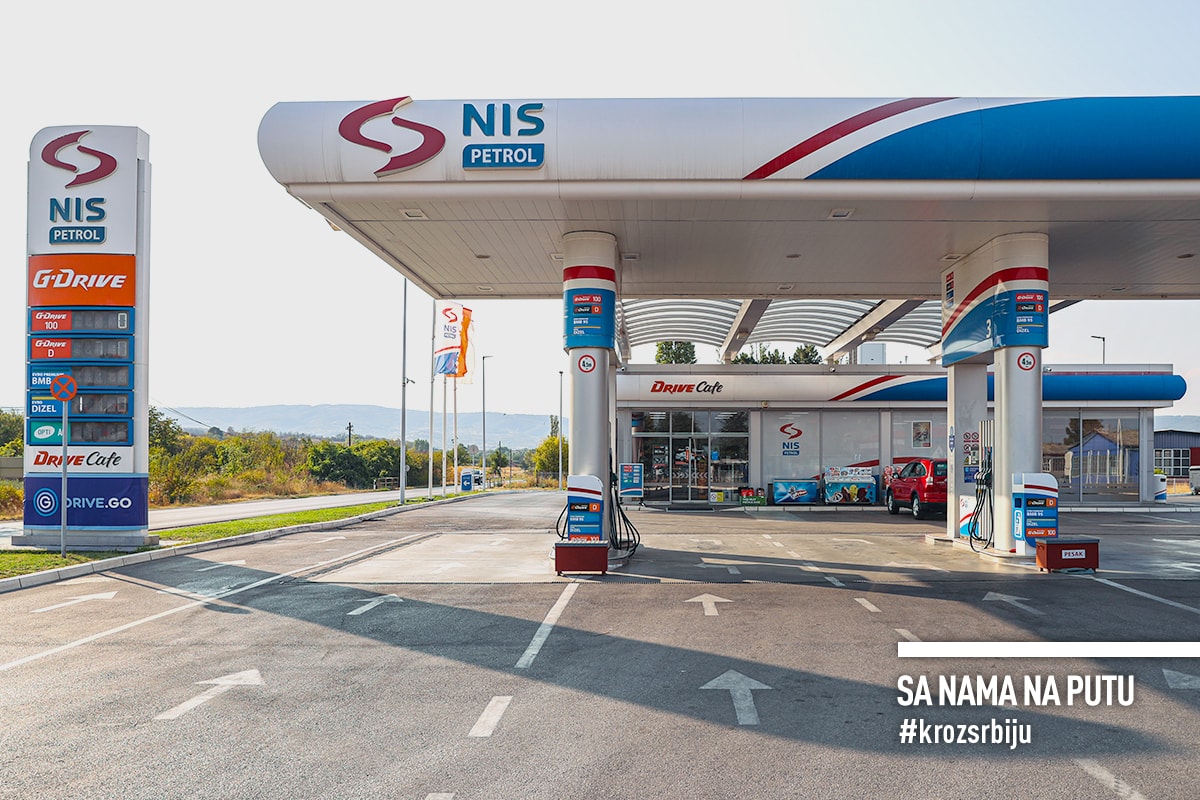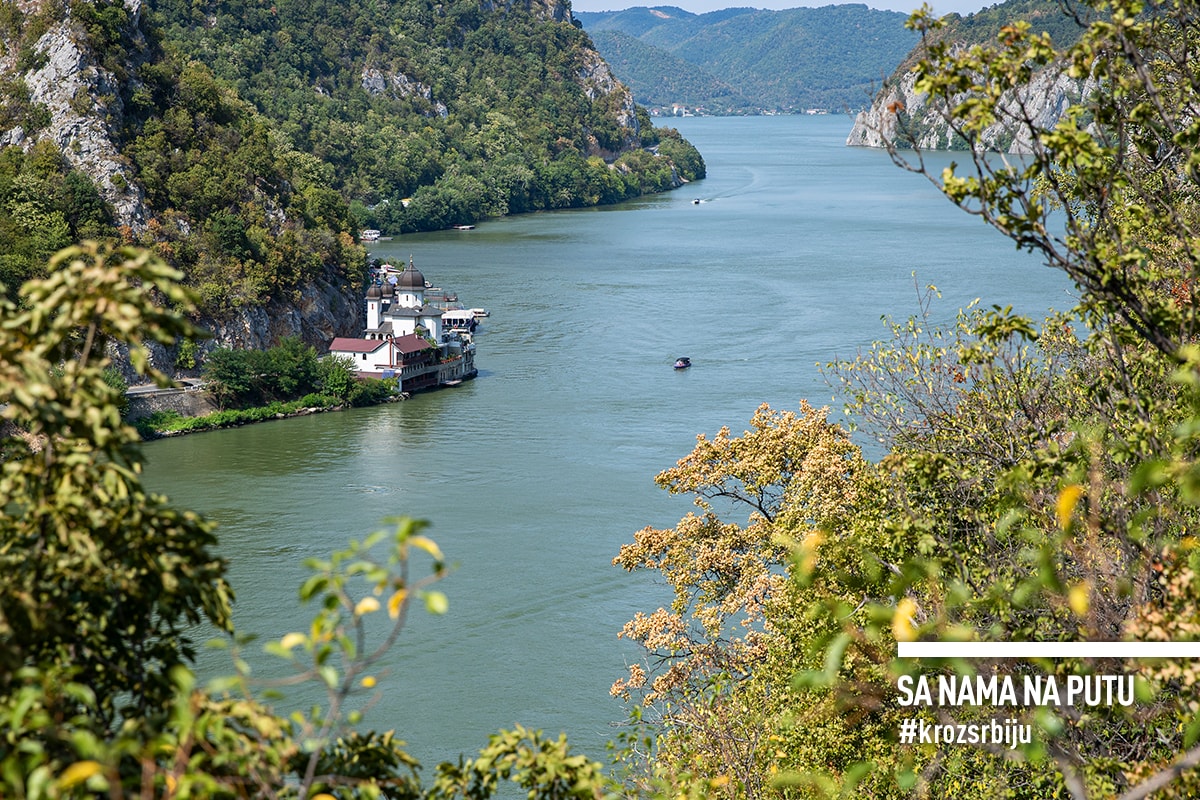
The splendor of heaven in which ten countries are reflected at about 2,850 kilometers. It enthroned four capitals. Strategically ever since extremely important, vital and naturally invaluable. From its springs in Germany, it rolls its violent waters rather lazily through the vast plains. All the way to Golubac Fortress, the lobby of Djerdap. Many say, this is where it is the most amazing. Where mighty waters have broken through the ramparts of the Carpathians.
A landscape dreamt up by the forces of nature boasts unreal beauty, concealing skillfully the traces of a turbulent and rich past, reaching to the very dawn of civilization.
Why visit Lepenski Vir and Djerdap gorge?
1. Because the Iron gate of the Danube is Europe ‘s greatest gorge
A breakthrough ravine, to be exact. Here, known as Djerdap. The name comes from the Persian word Girdap, which is adapted to Serbian, of the same meaning – whirlpool, vortex, dangerous place on the river. Today it is the natural border of Serbia and Romania.
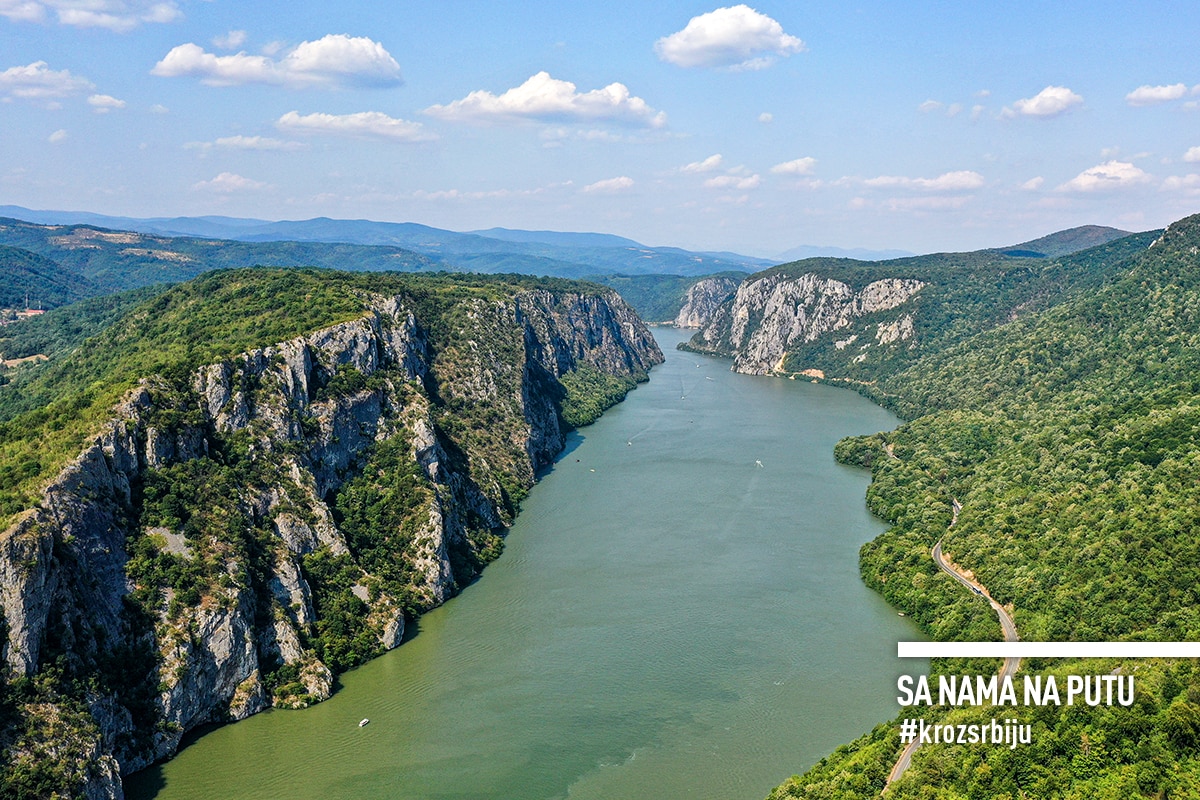
It cut down along more than 100 kilometers of the right bank of the Danube. From the town of Golubac, where the Danube spreads sluggishly more than six to seven kilometers in width, who would measure it accurately. Then it awakes, rushes suddenly and then stops, floods and dries up, meanders a bit and then straightens, all the way until the mountain massifs in Kazan push it to about hundred meters of wideness, and it, being furious, undermines the deepest depths by its strength. It continues along its gorge until it reaches the fortress Diana near Kladovo. Surrounded by lush vegetation and forests, hills and mountains, imbued with the spirit of old cultures. Elusive and meek. Generous and cruel. Ravishing and terrible. Magnificent.
It is part of the Djerdap National Park, which covers about 63,800 hectares. In July 2020, the area of the Djerdap Gorge and its hinterland was declared a geopark by UNESCO. The first in Serbia.
2. Because Lepenski Vir is the oldest settlement on the old lady’s land
Older than the biblical flood, as our host begins the story. It began at about 9,500 B.C. There are lots of disagreements regarding the number of years… on the official site of the location it says 6,500 BC, some sources cite 8,000 BC. Whatever, it is considered the cradle of Europe.
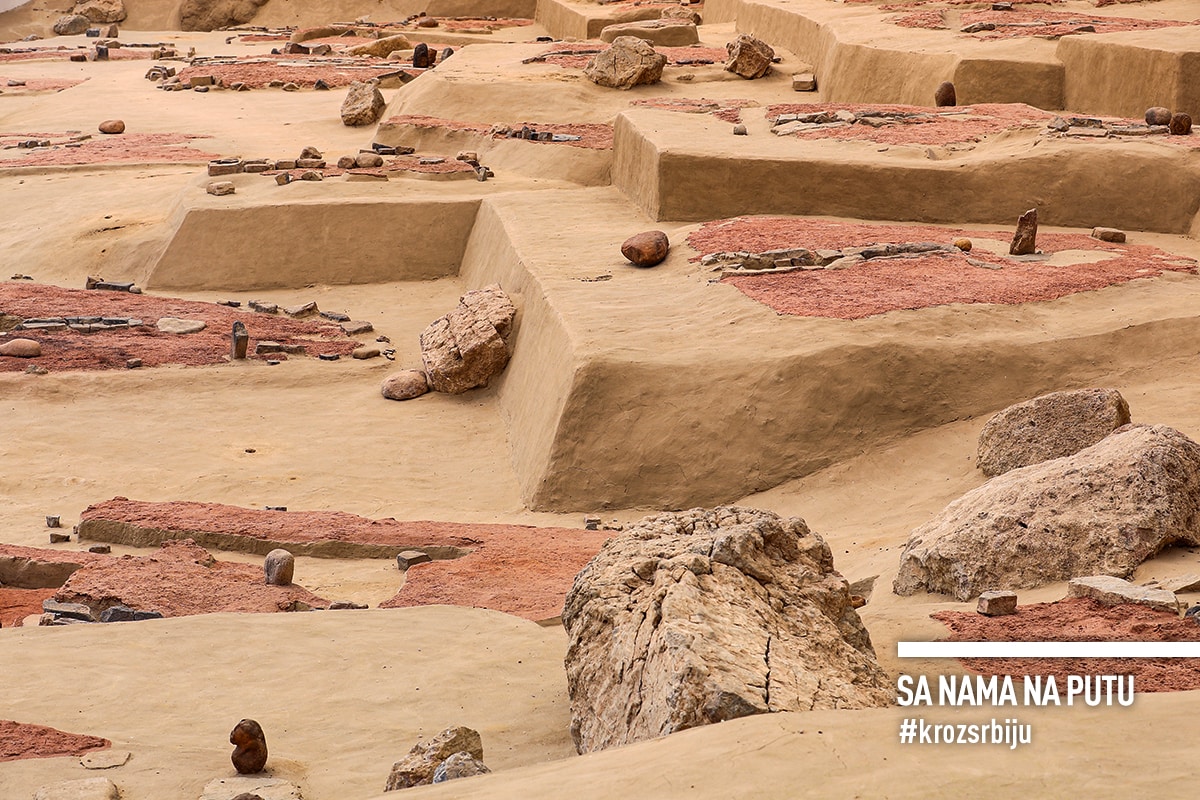
They were extremely clever, those Lepenci. They chose the perfect place for their settlement, 100 meters downstream from today’s museum. Between the river rich in fish, near the whirl where the fish gathered due to the flow of water, and steep cliffs. They built houses and prepared food using only natural tools. They set their homes facing the east, to be warmed by the first morning sun. According to the bone analysis, they were extremely healthy, which is largely attributed to fish that accounted for about 70 percent of the diet. They lived in the same place for over 2,000 years. From the Mesolithic, the hunting-fishing-gathering community, they moved to the Neolithic, the farming and the livestock breeding. The population grew, and the space became tighter, which led to the movement of the population.
VIDEO
6 reasons to visit Lepenski vir and Djerdap gorge
The discovery happened by accident, during extensive research that preceded the construction of the Djerdap HPP. The excavations are on display at the Lepenski Vir Visitor Center. The model, the Mesolithic and the Neolithic of the site itself, copies of monumental sculptures, utility items, reconstructed ways of burial and hologram reconstruction of former houses were presented.
Additional research into the culture that stunned the world is impossible. It’s submerged. Only the Danube knows the secrets.
3. Because Donji Milanovac is a town of unusual history
On the way to this young, picturesque place, one can take a break in the household of Kapetan Mišin breg, at about 170 meters above sea level, from where the view of the valley of Donji Milanovac spreads. You can see a collection of stone and wooden sculptures in the open air, visit a wine museum and taste Vlach dishes.
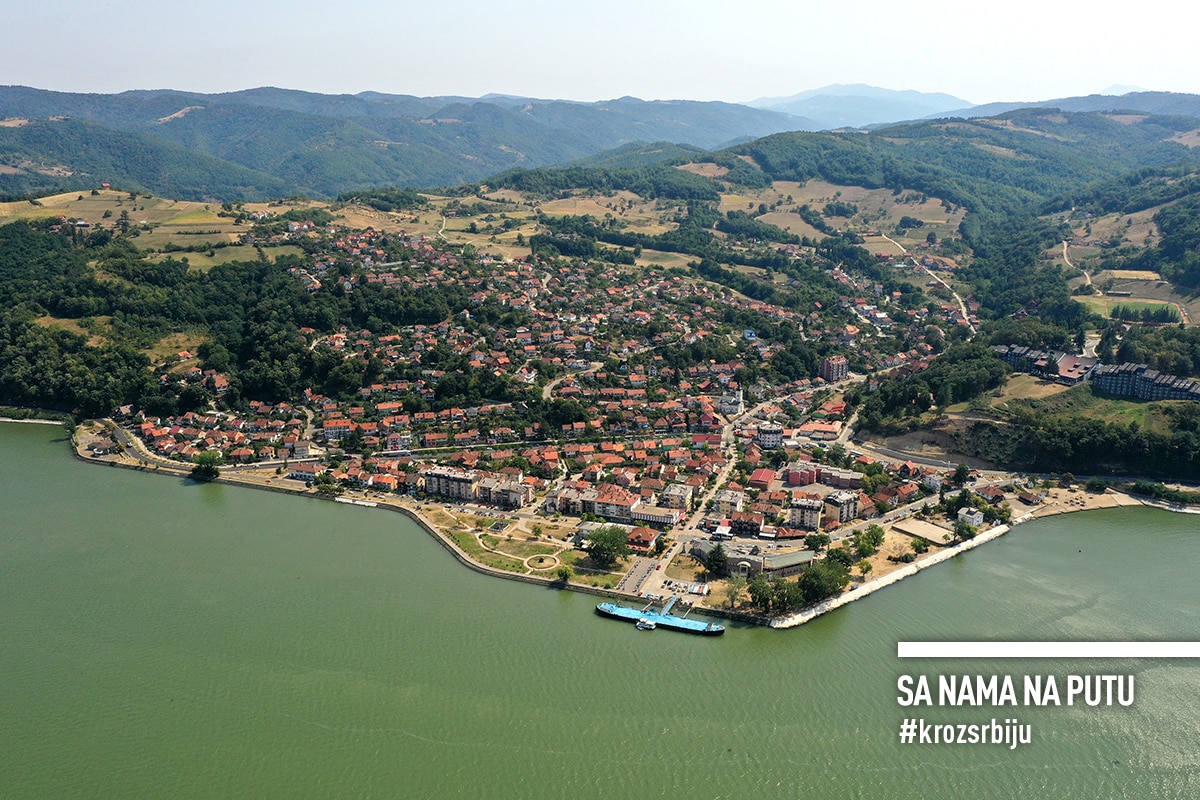
Before settling at today’s place, the town moved several times. Firstly, from the coast to the island of Poreč at the end of the XVII century before the invasion of the Turks. Then in the 1830s, it returned to the mainland because of frequent flooding, following the orders of Prince Miloš Obrenović when it was named Milanovac after Miloš’s firstborn, Milan. It was one of the first settlements built according to the regulation plan, designed by the Duke of Poreč Stefan Stefanovic Tank. Three decades later, when Gornji Milanovac was created under Rudnik, the determinant Donji was added to the town name. It moved to the present place in the 1970s when the construction of the Djerdap HPP began. It finally settled. It shouldn’t be moved again.
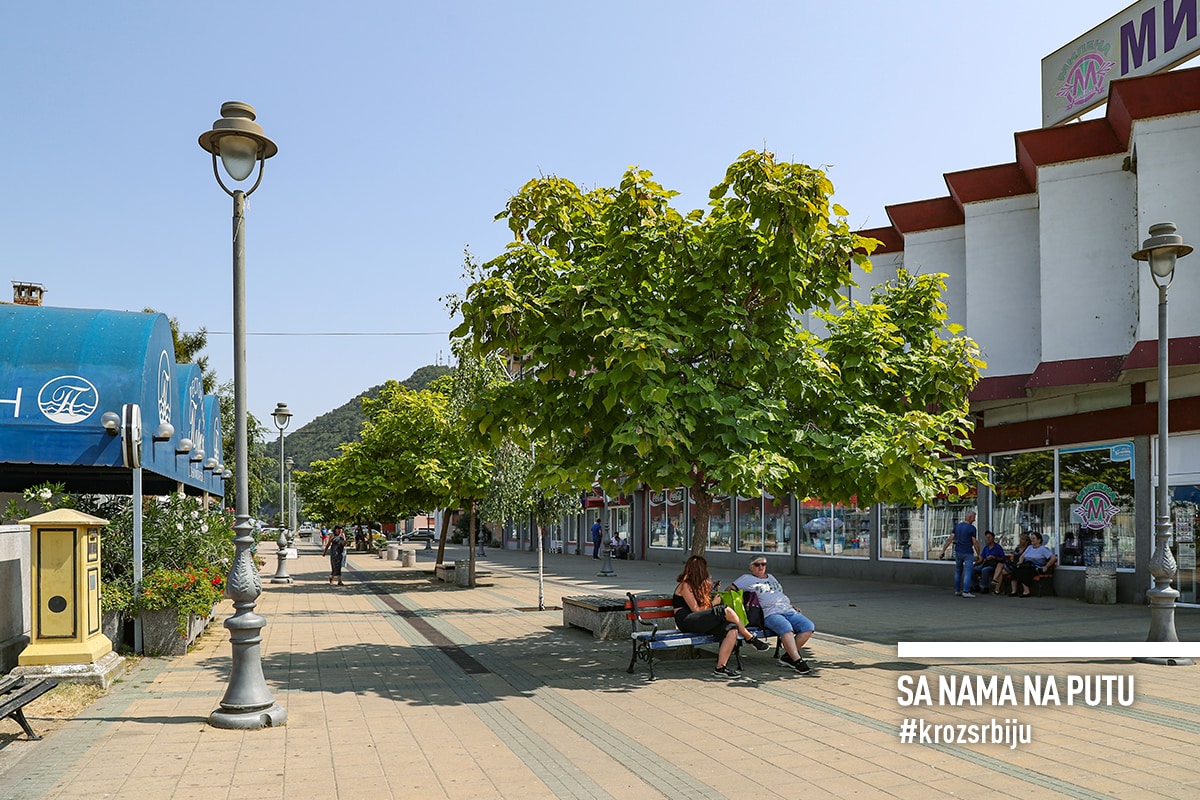
It is most famous for Captain Misha Anastasijević, a rich merchant, teacher and great benefactor, who bequeathed the famous Captain Misha’s building in Belgrade to his fatherland. His house was transferred to the present day small town, stone by stone, beam by beam. It was supposed to be a museum. But the building has been locked up for a long time. The adjacent building is the house of Tenka, which was also transferred from the original location. It is rented by TO Donji Milanovac. Both buildings were privatized in a package with the hotel Lepenski Vir, we have found out. They no longer belong to the people.
Donji Milanovac is also home to the Djerdap National Park Visitor Center, which presents various natural values, the diversity of flora and fauna and the cultural and historical sights of Djerdap. An interesting and receptive exhibition was organized in cooperation with the Natural History Museum in Belgrade.
4. Because Serbia and Romania kissed in Kazan
They almost did. A trivial 150 meters is missing. In Mali Kazan, the Danube is the narrowest and deepest. About 70 metres, according to some data, even 90 metres. Next up, Veliki Kazan is twice as wide. In these straits, everything boiled with whirlpools, rapids and vortexes, like in a cauldron (kazan in Serbian). Hence the name.
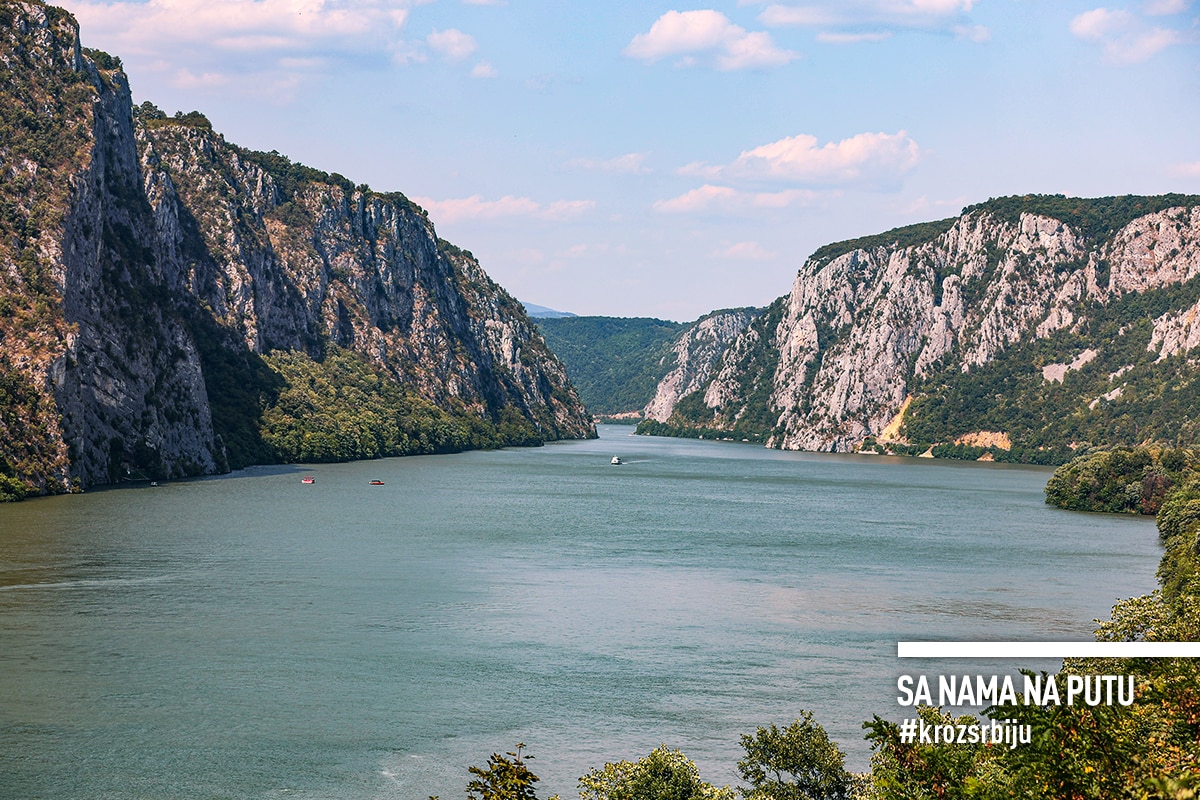
But even without a kiss, they make love. Serbia and Romania. They court each other in a seductive game of steep cliffs. But being jealous, the Danube doesn’t let them connect. And so on for centuries, millennia. A contagious romance. Love is born at first sight in all who witness this extraordinary matchmaking of nature. Inefficient, for now. The most romantic view is from the viewpoint Veliki Štrbac, the highest peak of Mount Miroč, from about 770 meters of altitude. It takes about 50 minutes to overcome the ascent. The effort pays off, very much so.
5. Because the Traian’s plaque testifies the importance of Djerdap for the Roman Empire
Not far from the Kazan Gorge is the Trajan’s Plaque, which marks the end of Trajan’s Danube Route. It was set up at the turn of the 1st to the 2nd century. The text, dedicated to the emperor himself, is carved into a rock in Latin and reveals that the path was made by cutting down mountain cliffs and supporting it by beams. Serious venture. Only three lines are readable nowadays. Due to the construction of HPP Djerdap, the Trajan’s road was flooded, and the plaque was raised 20 meters. The only way to get to it is by boat.
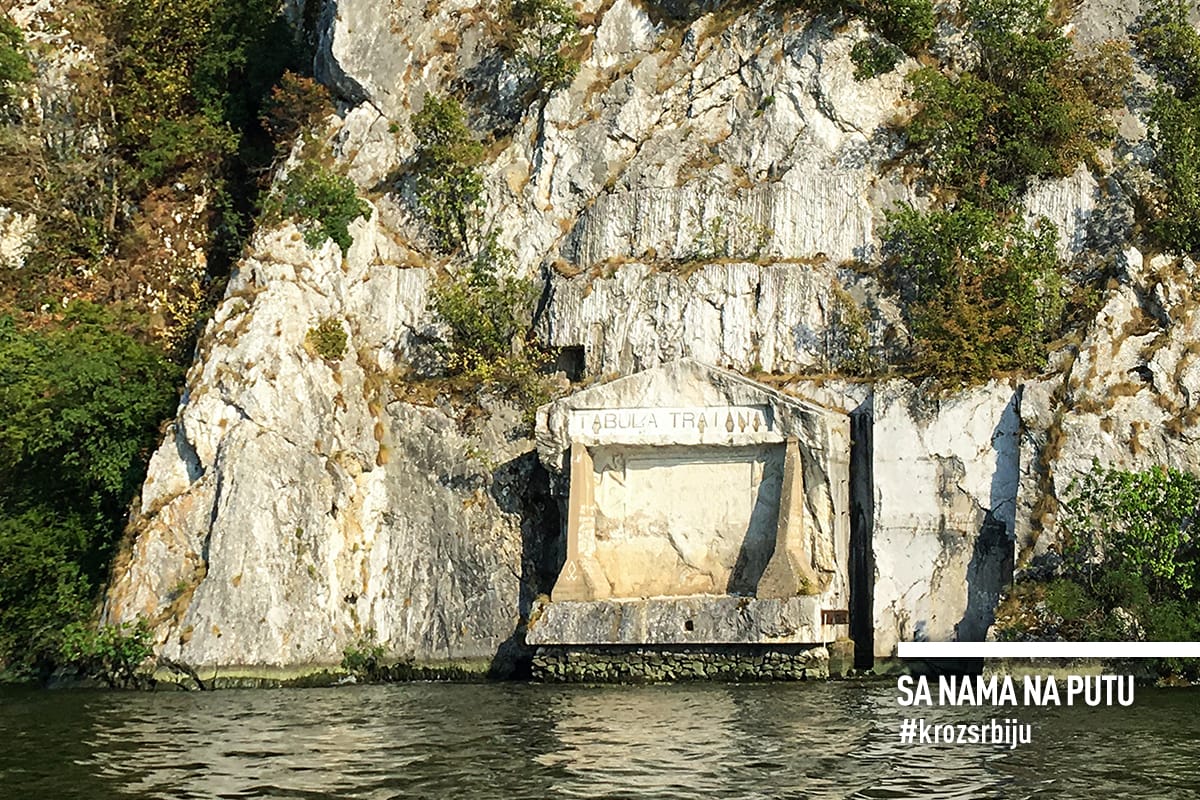
6. Because in Kladovo, a top-notch perch is being prepared
We are passing the Djerdap HPP. It’s a huge dam. Before Kladovo, there is the fortress Diana, built in the time of Emperor Trajan, which used to be an economic center with a pier. We’re getting hungry. Locals recommend the restaurant of the Aquastar Danube Hotel, on the coast. The terrace overlooks the town beach. Large, taken care of. The Danube, calm and clear. Hospitable.
It’s a big choice, but we choose the fish, the river fish. It must be fresh. Grilled perch and catfish chops. Prepared skillfully, perfectly. And a glass of wine, from the Negotin region. The prices are decent. Warm recommendation.
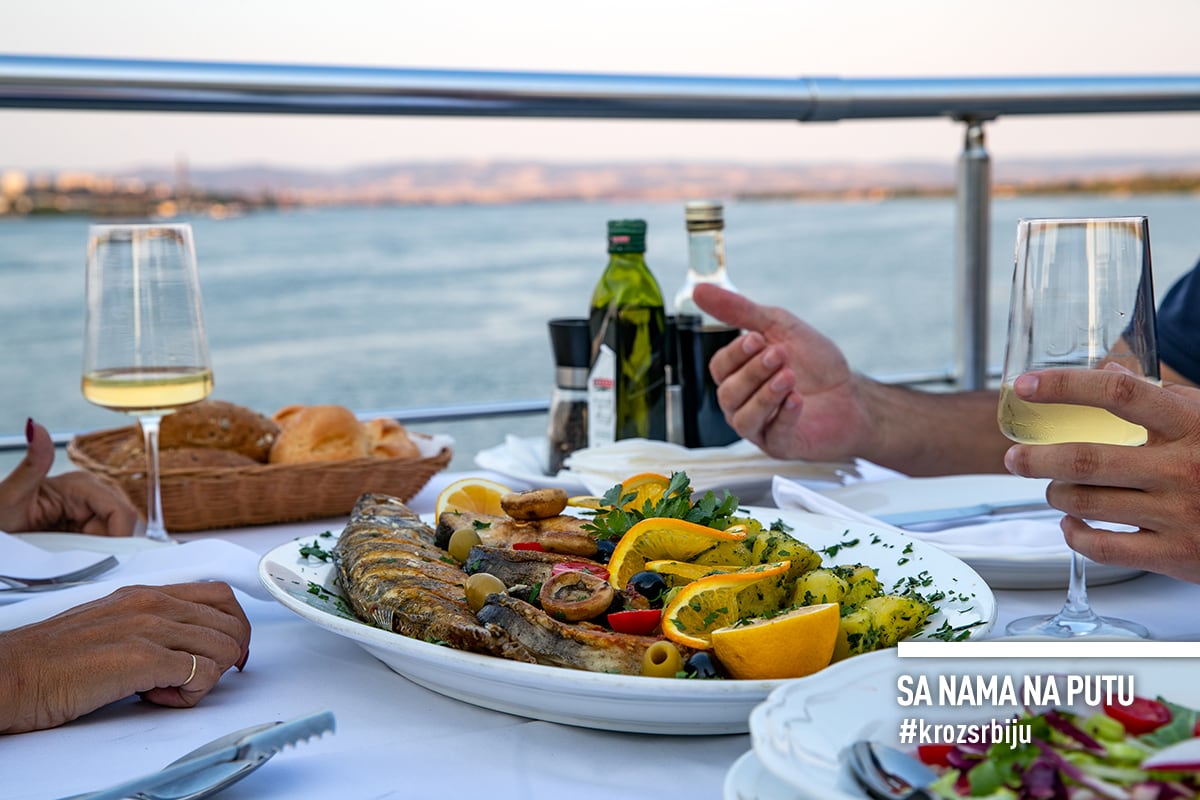
If you plan to spend the night in Kladovo, the following day can be just as interesting. Only a few kilometers downstream, near the village of Kostolac, there are the remains of the Trajan’s Bridge, which was more than a kilometer long and for about a thousand years it was known as the longest in the world. There are also the ruins of the Roman fortification of Pontes, built to protect the bridge.
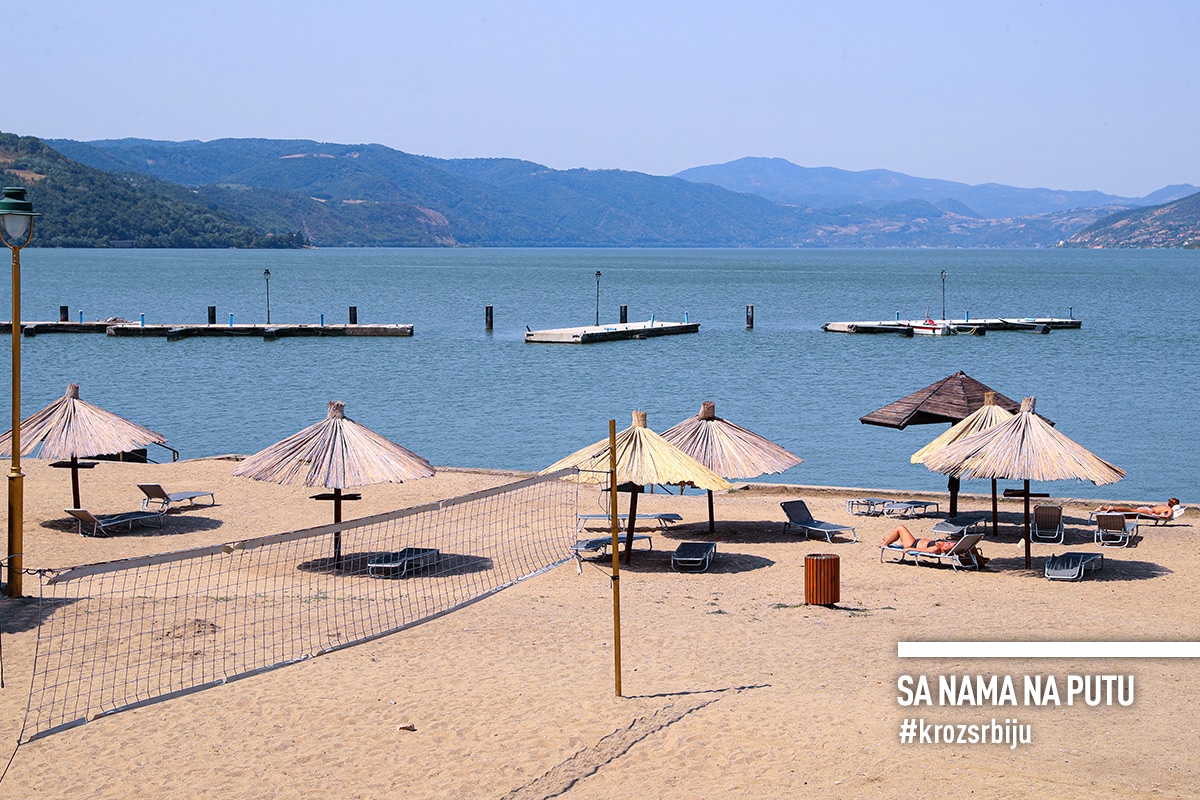
One cannot squeeze Djerdap in a day. There are too many interesting things to see and secrets to discover. There will be another new occasion to socialize with the Danube. We stop at BS Kladovo to invigorate a tired four-wheeler and supply ourselves with snacks and refreshments for the trip. We paid, and with the Sa nama na putu app we got bonus points and saved for the next time. We get in the car reluctantly. On the way back, we will not enjoy the Iron Gate of the Danube. It was getting dark.
